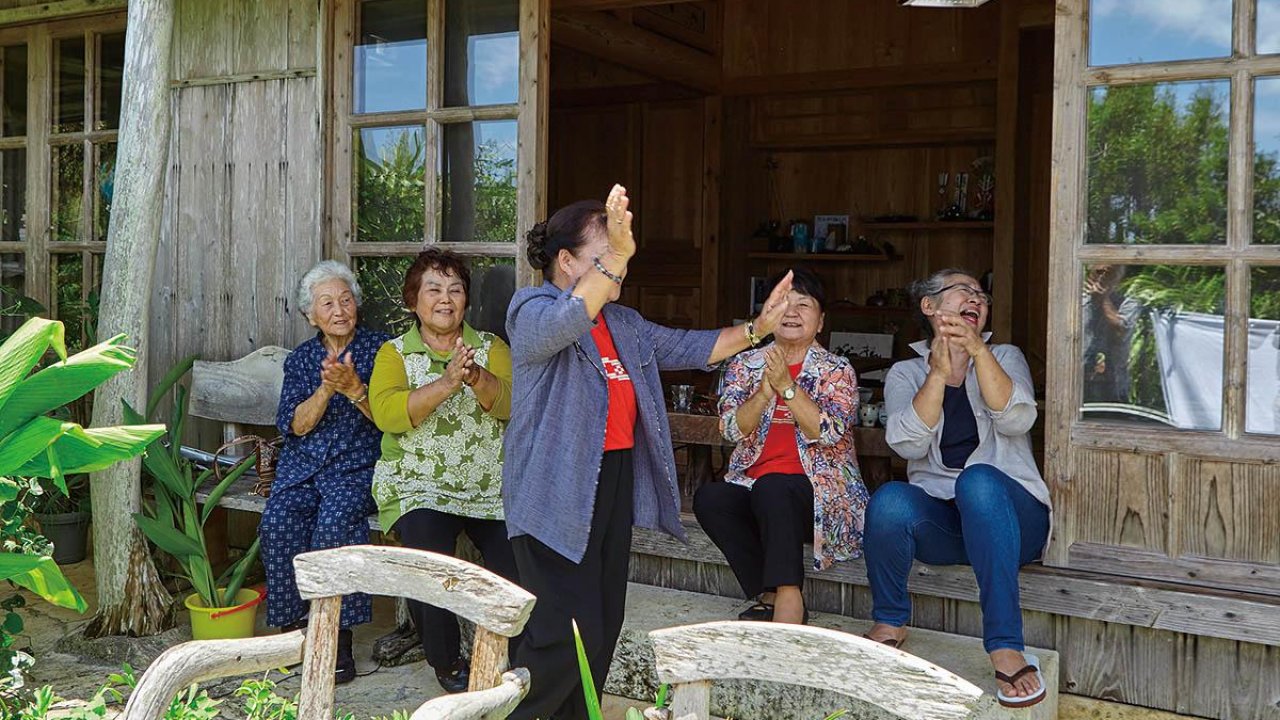
Discover how hundreds of residents of Japan’s Okinawa Prefecture live to be over the age of 100.
Could Okinawa be the healthiest place on earth?
Okinawa is a Japanese prefecture comprising more than 150 islands in the East China Sea between Taiwan and Japan’s mainland. It’s known for its tropical climate, broad beaches, coral reefs, as well as World War II sites.
There’s something else a little different about Okinawa. It’s one of the world’s 5 “Blue Zones”; having a large percentage of people that live to be over 100, the aging population also remains active well into their 80 and 90s, and typically do not suffer the degenerative diseases common in most of the industrialised world. How do they do that?
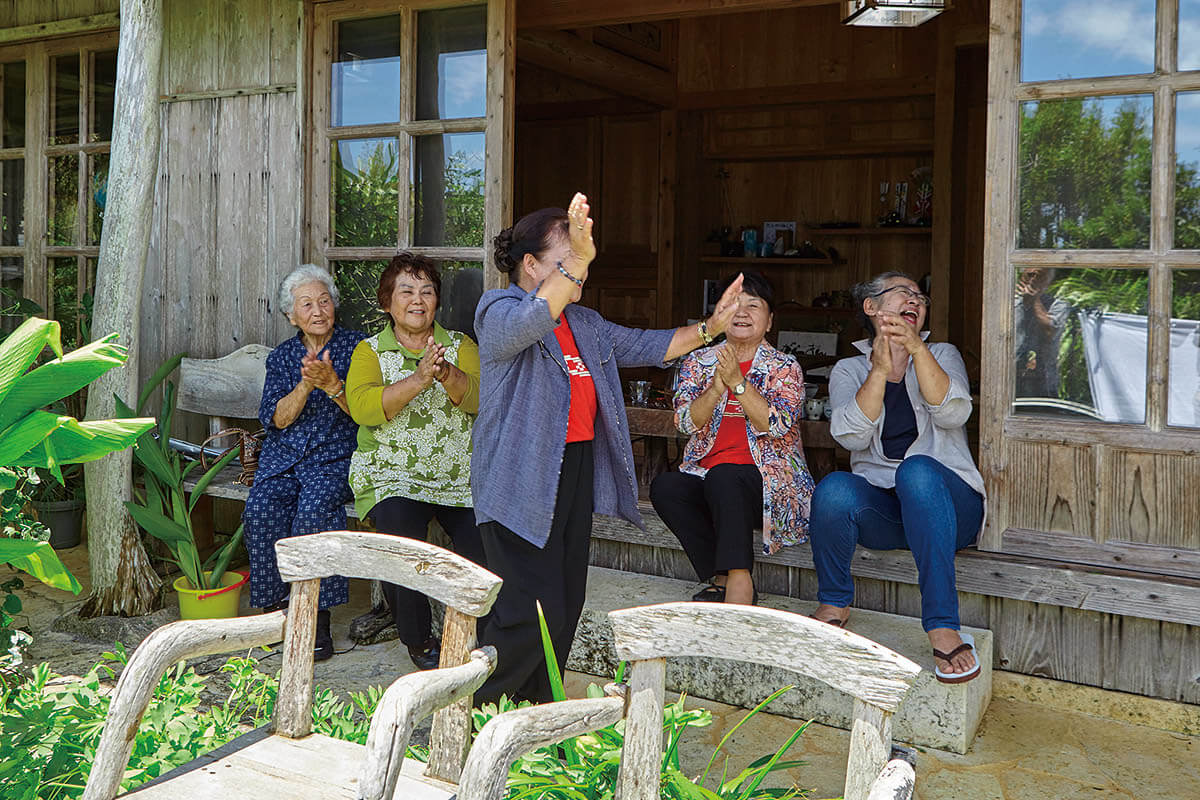
The islands of Okinawa are one of the world’s “Blue Zones,” areas where a population has a life expectancy much higher than the global average. There are many factors that are thought to support the longevity of Okinawans; especially the subtropical marine climate of the islands, which is warm and stable year round; its diverse environment, from beautiful seasides to lush forests, stony karsts, and other natural features; the healthy eating habits and mindset born from island culture. Source: VisitOkinawaJapan.com
1. Practice ‘hara hachi bu’, eat for health and exercise
Older Okinawans believe the body is a temple and you shouldn’t pollute it. They drink alcohol in moderation and generally don’t smoke much. And they’re very active people, their calorific intake to output is always in near balance and often net-negative, so they burn a lot of fat.
Their diet has been largely plant-based, so not calorie-dense. They eat over a kilo of vegetables and fruits and legumes, like soya beans, a day. It’s part of every meal. Instead of bread, the chief carbohydrate has been the sweet potato, which has a low glycemic load and lots of plant compounds, particularly colourful flavonoid compounds that really can help with overall health and possibly slowing the ageing process. They also practice hara hachi bu – eating until they’re just 80% full.
Source: WorldEconomicForum
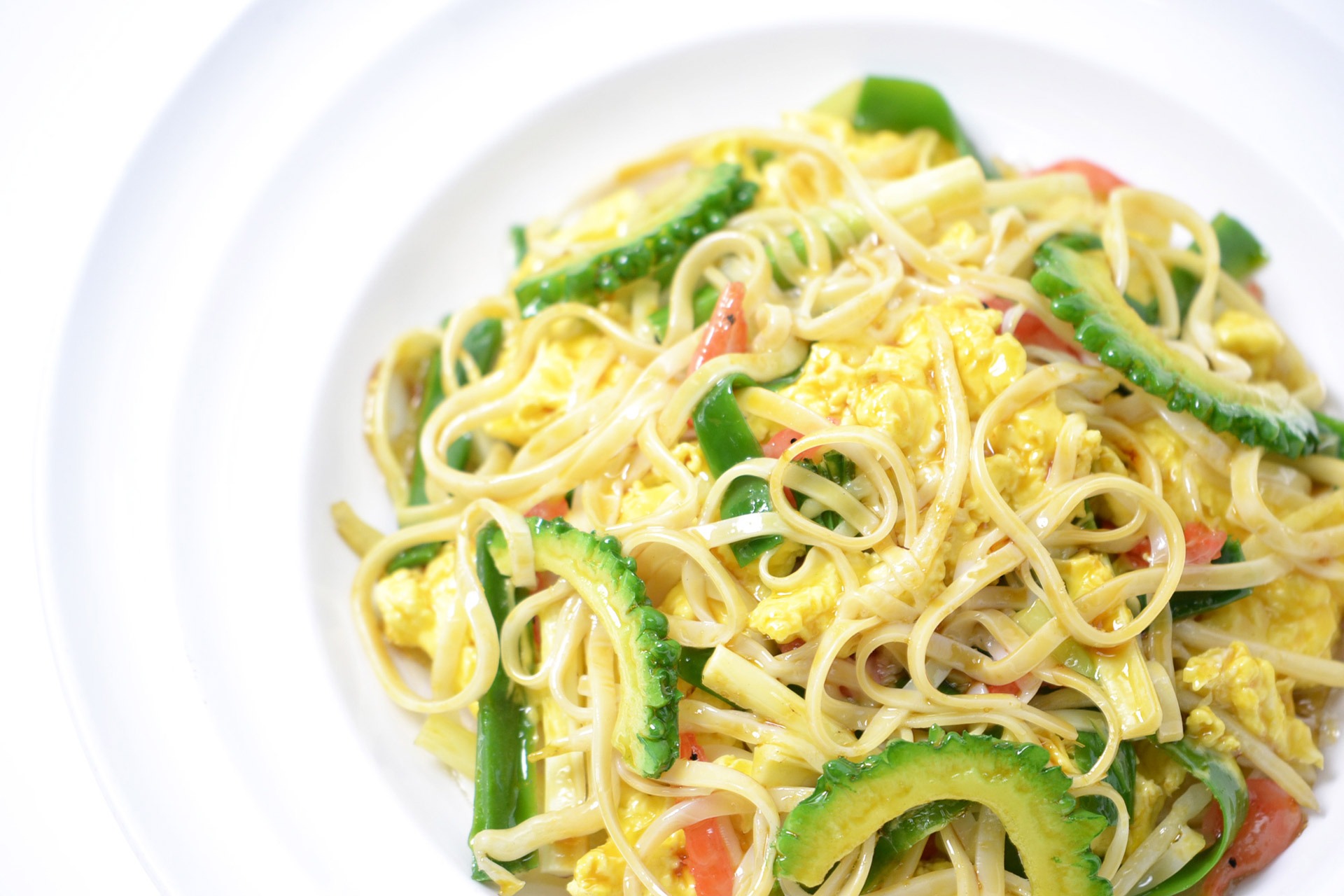
Bitter gourd features in many Okinawa dishes. Bitter gourd (balsam pear/ bitter melon) is a young, tender, edible fruit-pod in the Momordica genus of climbing vines. Although its bitter taste might turn some people away, it is rich in disease-preventing and health-promoting phytochemical compounds. Source: Pixabay/PublicDomainPictures
2. Be positive and find your ‘ikigai’, sense of purpose
‘All the centenarians we meet have a positive attitude,’ writes Kate Whiting, for WEF. ‘They are generally optimistic, and have this laissez-faire, carefree approach to life – they’re fun-loving people. I think it’s really important to enjoy life as you age.
‘They also have something we call ‘ikigai’, which is the Japanese word for a sense of purpose. One guy was 102 years old and his ikigai was these two prize bulls – he went to see them every day, to take care of them. Another person’s ikigai might be family or faith’.
Source: WorldEconomicForum
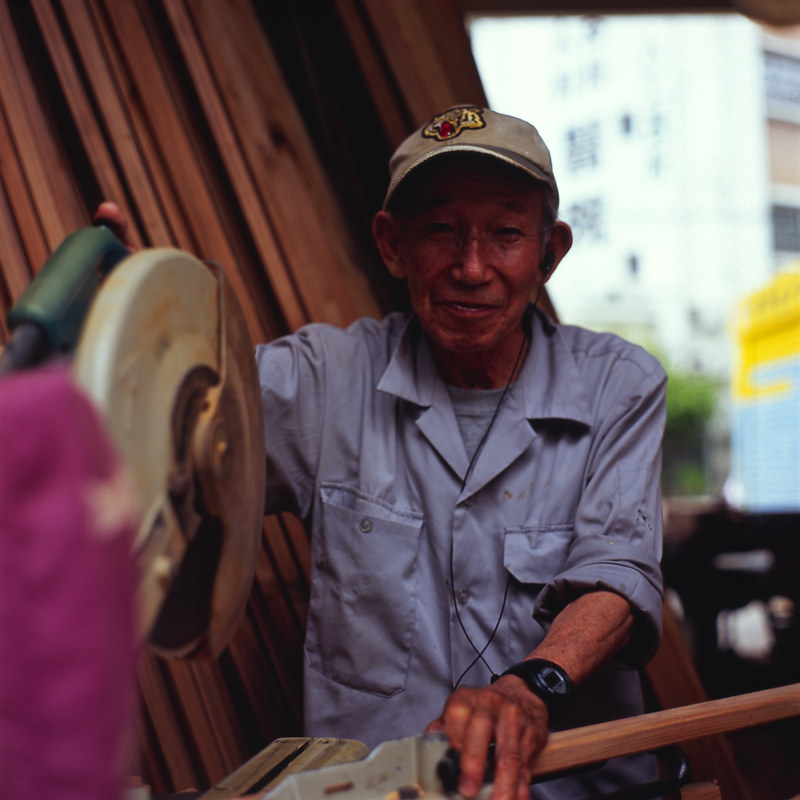
The islands of Okinawa are one of the world’s “Blue Zones,” areas where a population has a life expectancy much higher than the global average. There are many factors that are thought to support the longevity of Okinawans; especially the subtropical marine climate of the islands, which is warm and stable year round; its diverse environment, from beautiful seasides to lush forests, stony karsts, and other natural features; the healthy eating habits and mindset born from island culture. Source: Flickr/akira asakura
3. Stay mentally engaged
There’s no word for retirement in the Okinawan language, so until recently, it just wasn’t a concept. You just did what you always did, so if you’re a farmer, you still farmed. I think once you stop doing something that you’ve done, especially if you enjoyed doing it, and it gave you a sense of purpose, you could go downhill quickly. So the idea is just to stay engaged. That helps them a lot with life satisfaction and it decreases healthcare costs because people are staying active physically and mentally their whole lives.
There is a global myth that productivity declines as workers age. In fact, including older workers is an untapped source for growth.
The world has entered a new phase of demographic development where people are living longer and healthier lives. As government pension schemes are generally ill-equipped to manage this change, insurers and other private-sector stakeholders have an opportunity to step in.
Source: WorldEconomicForum

Haru Miyagi, a widow whose husband died during World War II, is 100 years old and has a son who works in Tokyo. Miyagi is one of several centenarians who live in Ogimi, the “village of longevity.” Source: Alessandro Gandolfi, Parallelozero / Institute / National Geographic

Mental health is an essential part of overall wellness, and life on the islands of Okinawa seems less stressful than other places. There are many words that reflect the low-stress, community-oriented mindset that is prevalent in Okinawa. The phrase nankuru nai sa, for example, means “things will work out somehow,” a useful concept for reducing stress in difficult situations. Source: Alessandro Gandolfi, Parallelozero / Institute / National Geographic
4. Join a ‘moai’, social group
Okinawans have large families and strong social support networks. Their communities are really close-knit and everybody knows everybody. They have social gatherings in groups known as ‘moai’. The women chat about stuff, they drink green tea, and maybe have a little dessert, and the men might smoke cigarettes, and drink alcohol, which might partly explain why they don’t live so long as the women. But generally, they love to get together.
Okinawa had the lowest healthcare costs in all of Japan, despite being the poorest, because they were healthier. In 2000, Japan implemented the Long-Term Care Insurance Program throughout the country – and it involved paid daycare for adults. Okinawans, being social types, make the most of it – and it drives down healthcare costs over the longer term because people with more social contact will be happier and healthier.
Source: WorldEconomicForum

Misako Miyagi, 88, is “merely a youth,” according to a saying in Ogimi, where there is a high concentration of centenarians. Source: Alessandro Gandolfi, Parallelozero / Institute / National Geographic
5. Embrace your spirituality
Okinawans are very spiritual people and they’re very practical people when it comes to spirituality or religion. Every year, they visit their ancestors and have a picnic and talk to them like they’re still there. They maintain this connection through the generations, so there’s a sense of continuity there. They have their own indigenous religion, that’s more animist, so they believe there’s a spiritual energy in everything.
Traditionally the religion was run by the women, they were priestesses. There are sacred groves around Okinawa, where the women still go and meditate and pray for peace and health. Buddhism has come into the culture a little bit, but you still have this indigenous religion. Every village has a priestess and the women are very in tune, not just with themselves but with nature. They’re among the most healthy and powerful women I’ve ever seen.
The World Economic Forum’s Sustainable Development Impact Summit is looking at solutions to some of the world’s most pressing issues. Watch this session to learn about how WEF will look after the world’s ageing population through sustainable retirement and pension systems.
Source: WorldEconomicForum

Chouju-zen, or “longevity food,” is nutritionally dense yet light in calories, which some say contributes to long life. Source: Alessandro Gandolfi, Parallelozero / Institute / National Geographic
6. Heredity and Genetics
Genetics play a very significant role in extending the longevity. In case of people in Okinawa, the centenarians are found with HLA (Human Leukocyte Antigen) genetic polymorphisms. As a result of HLA, the risk of inflammatory and autoimmune diseases has been reduced.
Craig Willcox, professor of public health and gerontology at Okinawa International University and a co-principal investigator of the Okinawa Centenarian Study, which has been investigating Okinawan longevity since 1975, told National Geographic:
“About two-thirds of longevity is related to diet and way of life, the rest is genetics. Generally speaking, you need the genetic rocket booster if you want to get into the hundreds, not just a good diet. We haven’t looked into whether or not Okinawa has a genetic advantage over other parts of Japan, but longevity does run in families here.”
Sources: NationalGeographic | DrBrahma

When she’s not watching sumo wrestling on TV, Yaso Itoman, 100, gets her own exercise by growing onions, tomatoes, carrots, and other herbs and vegetables in her garden. They give her natural antioxidants that may help prevent cancer. Source: David McLain/NationalGeographic
7. The Okinawan cuisine
For Okinawans, food is more than just sustenance; it is a way of nurturing body and spirit. The term nuchigusui means “medicine of life,” a philosophical concept used to refer to cuisine and other aspects of life in Okinawa. Food is also referred to as kusuimun, literally “medicine,” because a balanced diet is believed to have as much impact on the body as traditional medicines. Japan has set phrases for expressing gratitude both before and after a meal. In Okinawa, people say kusunaibitan, or “become medicine,” to express their thanks after a meal.
Okinawan cuisine is a balance of simplicity, nutrition, and flavour, and is perhaps best represented by the dish champuru. These simple, home-cooked stir-fries feature a variety of ingredients frequently used in Okinawan cooking, including:
- Pork: While pork can be quite fatty, the traditional way of preparing it in Okinawa is to simmer it for a long time to separate the meat from the fat, without losing flavour. Once it is tender enough to cut with chopsticks, it is then typically fried or stewed.
- Tofu: Tofu is an essential part of the Okinawan diet, since it is a versatile ingredient that is also a good source of vegetable protein.
- Seaweed: In addition to vegetables, seaweed can be a key ingredient in champuru. Kelp, for example, is often cooked and eaten, rather than simply used to make stock for soup.
- Salt: Salt is used in moderation. Because crops can be grown in Okinawa year-round, many of the salt-based preservation methods seen elsewhere in Japan are not used on the islands. As a result, the salt intake of the average Okinawan is lower than the national average.
- Soup stock: Most soup stock used in Okinawa is dashi, a traditional stock made from fish and kelp. Okinawan dashi is usually made from bonito. In addition to dashi, pork stock is also used, though mainly for rice and noodle dishes. Many traditional dishes utilise soup stock and small amounts of salt to create their bold umami flavors, which are described in Okinawan as ajikuutaa (literally “strong flavor”).
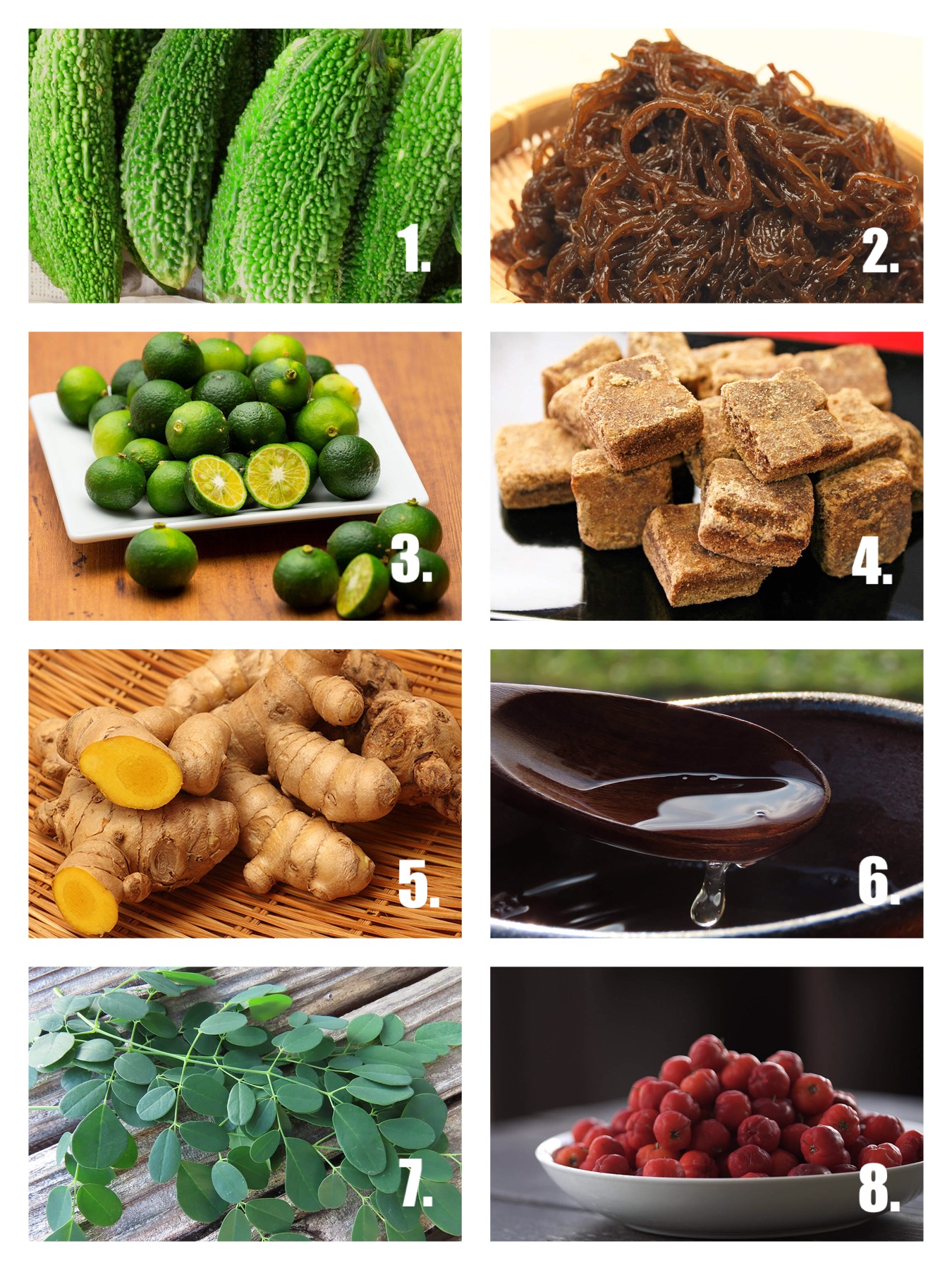
8 superfoods eaten in Okinawa. 1. Goya 2. Mozuku seaweed 3. Shikuwasa 4. Sugarcane 5. Turmeric 6. Ryukyu moromi vinegar 7. Moringa 8. Acerola. Source: visitokinawajapan.com
The Use of superfoods in Okinawa
Superfoods are nutrient-rich ingredients considered especially beneficial to health and well-being. The Okinawan diet contains many superfoods, which are produced naturally or through cooking or fermentation:
- Goya: Goya, or bitter melon, is rich in vitamin C, beta-carotene, iron, and potassium. It is most often seen in Okinawa’s signature dish, goya champuru.
- Mozuku seaweed: Mozuku is a type of seaweed that grows in the waters around Okinawa. It has a somewhat slimy texture, and contains lots of fucoidans, believed to have various health benefits. It is usually eaten as tempura, or sweetened in vinegar.
- Shikuwasa: Shikuwasa, or shekwasha, is an Okinawan citrus fruit that is rich in citric acid and polyphenols. It is believed to have antioxidant properties, and in addition to food, it is sometimes used in skincare products.
- Sugarcane: Sugarcane, or uji, is the largest crop of Okinawa Prefecture. Brown sugar is made by boiling the juice squeezed from the sugarcane plant. It is high in calcium and minerals, and the leftover material (or bagasse) is rich in dietary fibre.
- Turmeric: Turmeric, or uchin, is used as a spice in dishes, or in tea. The autumn variety contains curcumin, which is a polyphenol thought to promote liver health, and spring turmeric contains minerals such as calcium, potassium, iron, and magnesium.
- Ryukyu moromi vinegar: Moromi vinegar is extracted and filtered from awamori liquor lees, a by-product of the awamori making process. It contains abundant amounts of citric and amino acids. Ryukyu moromi vinegar is known as a health drink.
- Moringa: Moringa is a horseradish plant native to Northern India that is cultivated in Okinawa. It is also called a “miracle tree,” as its seeds, stems, branches, leaves, and roots are said to contain 90 nutrients that affect 300 functions and parts of the human body. It contains plenty of vitamins, zinc, calcium, potassium, phosphorus, dietary fibre and essential amino acids such as lysine and valine.
- Acerola: Acerola is a fruit native to the Caribbean. It has about 34 times more Vitamin C than lemon juice, and its skin contains polyphenols. Motobu, located in the northern part of the main island of Okinawa, is known as the production center for acerola and is recognised as the first Super Food Town by the Japan Super Food Association.
Source: VisitOkinawa
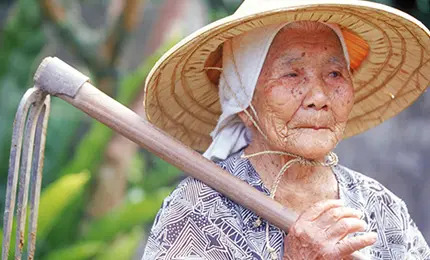
While Japan is known for its punctuality, the Okinawan phrase “uchinaa time” is used to demonstrate the more relaxed pace of life on the islands. Yuimaru is a word that means “mutual aid,” an important aspect of community in Okinawa, which is also reflected in the concept of Ichariba-chodee, an idea that once you meet someone, you have formed a lifelong bond. Source: BlueZones.com
This article was first published on BrightVibes on 5 February 2022.
HARVARD’S HEALTHY LIFESTYLE: 5 KEYS TO A LONGER LIFE
Researchers from the Harvard T.H. Chan School of Public Health conducted a massive 34-year-long study of the impact of health habits on life expectancy, and identified 5 areas that could substantially reduce premature mortality and prolong life expectancy in US adults.